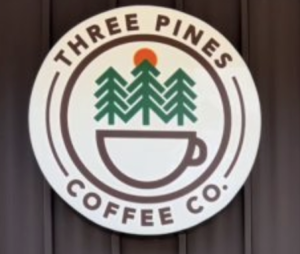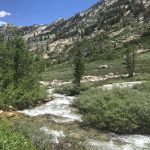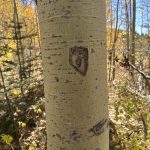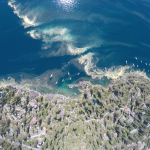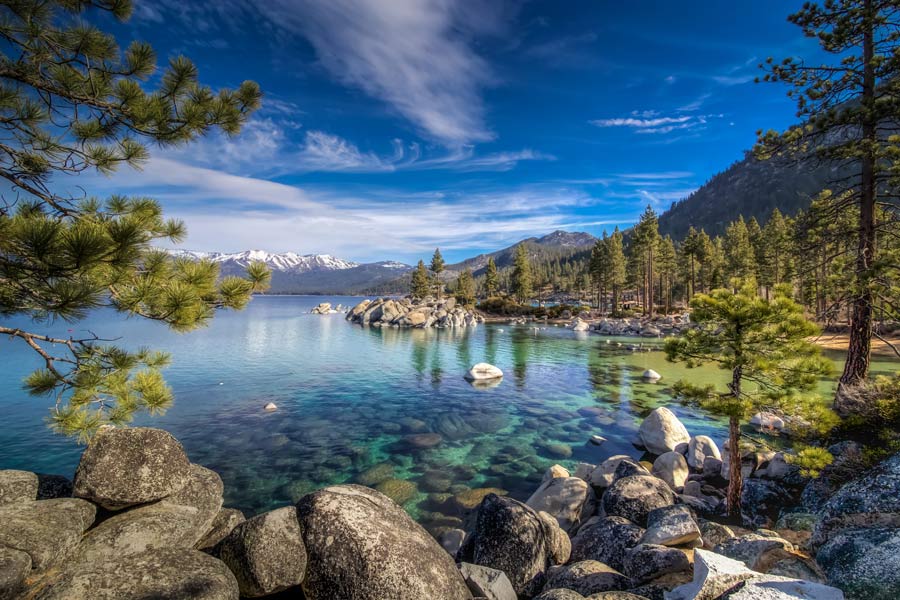Letters to the Editor
Dear Editor:
Chris Anthony makes the point in his Wildfire resilience opinion that environmental activists are against logging, and that approach is short sighted given the fact that forest management helped with the Caldor fire’s encroachment into Tahoe Basin.
We are not against forest management. We are against logging without any oversight. When he says, “FOFA is about increasing the efficiency of forest restoration projects…streamlining approval of certain projects. One key tool is the categorical exclusion (CE), a NEPA mechanism to expedite projects that agencies have ample experience with,” he is in effect saying that logging interests will gain 15 square mile easements where there will be no public oversight of logging. The bill uses emergency authorities to allow NEPA consultation after a project has been completed.
Listen, it is no coincidence that FOFA was introduced after the March 1 Trump executive order to increase logging in over half of national forests. It eases the path to logging and simultaneously offers no money for home hardening, which is scientifically proven to have more of an effect on the survivability of homes in a fire. This is where our tax money should be going, and FOFA gives the appearance of doing something about forest fires while offering incentives to remove large, fire-resistant trees out of our forests, and offers no money for home hardening.
This is no indigenous fire, it is bringing logging to non-populated areas of the forest, far from cities that could use fire suppression.
I’m not saying “no forest management,” I’m saying I want oversight if you are going to log federal forest land which I partially own as a citizen.
Janet Doherty
Misunderstanding the Caldor Fire Won’t Prevent the Next One
Chris Anthony’s defense of the Fix Our Forests Act (FOFA) logging bill repeats a misleading story: that thinning and other logging protected South Lake Tahoe from the Caldor Fire, while a lack of such logging doomed Grizzly Flats.
It’s worth noting that Anthony is an advisor for BurnBot, the company that was recently awarded a contract to clear forests around Lake Tahoe.
In reality, about half the forest between the fire’s origin and Grizzly Flats had already been logged, thinned, or burned in prescribed fire. Yet under red flag conditions, the fire raced through both thinned and unthinned areas, destroying much of the town.
What Grizzly Flats lacked wasn’t forest management — it was resources. Only 242 firefighting personnel were assigned when the fire hit. Two weeks later, South Lake Tahoe had nearly 4,000 firefighters, along with aerial support, cooler weather, and more time to prepare.
Research backs this up. A 2022 study in Land found commercial thinning killed far more trees than it prevented from being killed in the Caldor fire, and most of the thinned areas around Grizzly Flats burned at high intensity.
FOFA would expand fast-tracked logging projects up to 10,000 acres each, weakening oversight without improving safety. Meanwhile, real solutions — home hardening, defensible space, community preparedness — remain unfunded. According to FEMA, every $1 spent on home retrofits saves $4 in future wildfire recovery costs.
Fire is natural. What turns it into disaster is vulnerable homes and inadequate preparedness — not whether forests were thinned a mile away.
Jennifer Mamola is a California native based in DC

Support Local Journalism

Support Local Journalism
Readers around the Lake Tahoe Basin and beyond make the Tahoe Tribune's work possible. Your financial contribution supports our efforts to deliver quality, locally relevant journalism.
Now more than ever, your support is critical to help us keep our community informed about the evolving coronavirus pandemic and the impact it is having locally. Every contribution, however large or small, will make a difference.
Your donation will help us continue to cover COVID-19 and our other vital local news.
